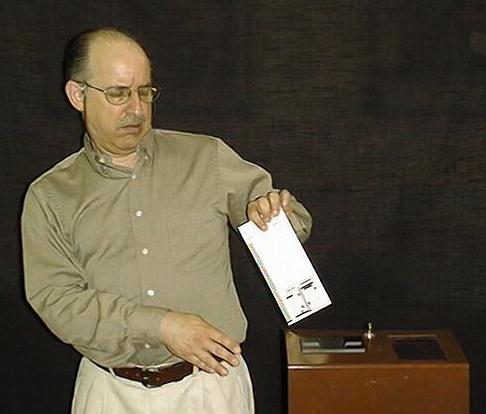Anyway, what might this "Year 2-K" problem do? After January first, 2000, it might take upwards of fifteen minutes to download a nude picture of Pamela Anderson on the World Wide Web. Well, maybe only ten minutes, now that she's had her breast implants removed. Also, TKC will experience data corruption, the Intellisys C/S product won't work properly, and IDI will be unresponsive. Come to think of it, things will be about the same as they are now.
The Year 2000 problem started early in the Renaissance, if you'll cast your minds back. In the 1500's, the longest day of the year was ten days late. Pope Gregory the thirteenth put his astronomers to work on it, and they developed what we now call the "Gregorian Calendar". Of course, Gregory took the credit for it, because he was the Pope, just like Mark Ain gets to take credit for any good ideas that come out of Engineering.
Well, the Renaissance went on to produce all sorts of tremendous advances in science, philosophy, literature, and paintings of naked women, so it's obvious that it led directly to the Polaroid camera, the VCR, and eventually to the World Wide Web. But the Gregorian calendar is now embodied in software, except some of it will screw up when the century turns. Of course, people should have thought of that when they wrote the software in the first place, but they had more important things to worry about, like e-mailing chain letters, and thinking up company names ending in "dot com".
Except, if I may boast a bit, I was thinking about it! I invented the so-called "EAT" time, E-A-T, "Expanded Absolute Time", sometimes called a "Kronos Raw Date", to use in this original timeclock here. With that format, you don't care if a date is in the 1900's or the 2000's. [Picks up a timecard, stands poised with the card over the card slot] Maybe we should set the time to the year 2000, and give it a try.

But Kronos has lots or products, and bugs can still creep in. So our customers demand that we test them, and that's what we've been doing.